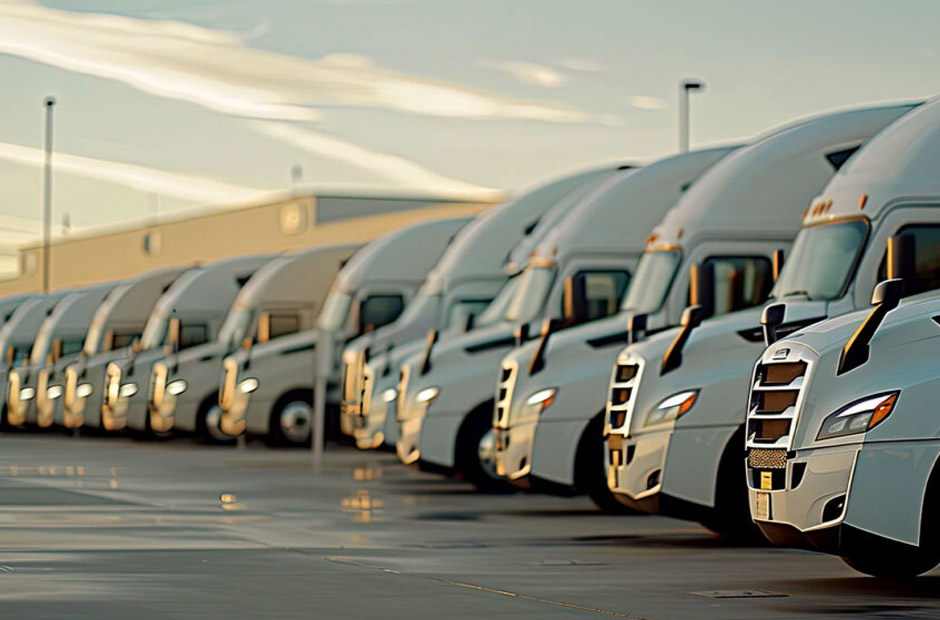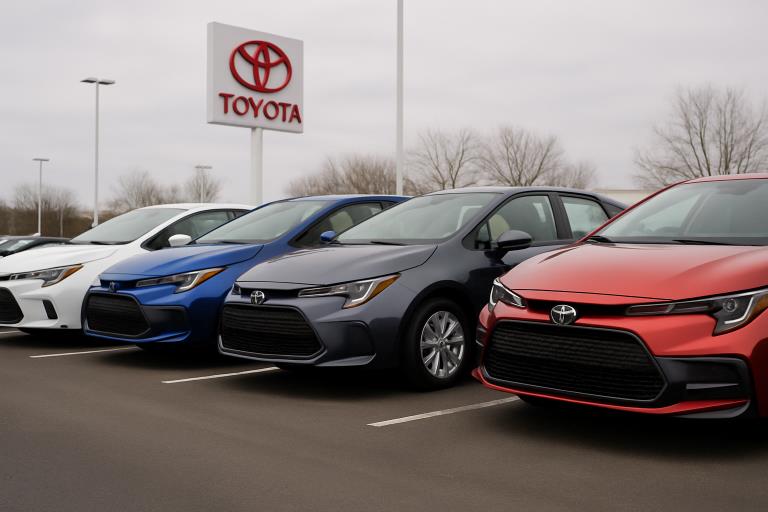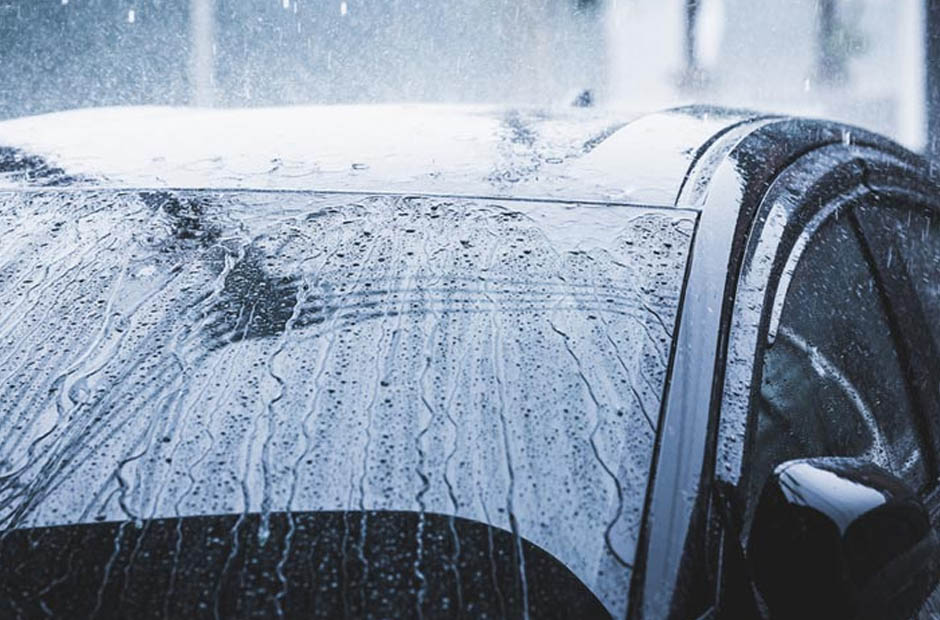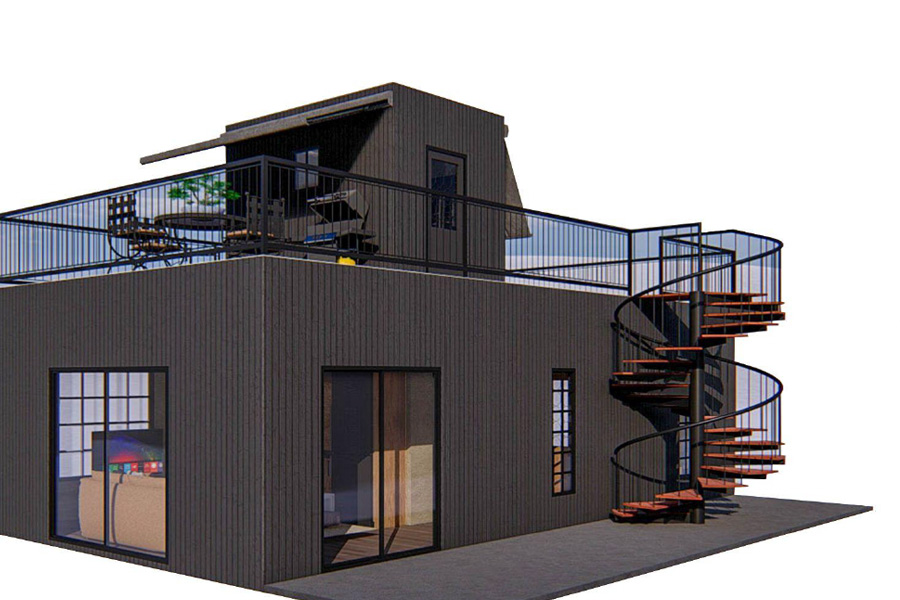Now Reading: Revving Up Safety: The Crucial Role of Collision Repair Procedures in Modern Cars
-
01
Revving Up Safety: The Crucial Role of Collision Repair Procedures in Modern Cars
Revving Up Safety: The Crucial Role of Collision Repair Procedures in Modern Cars
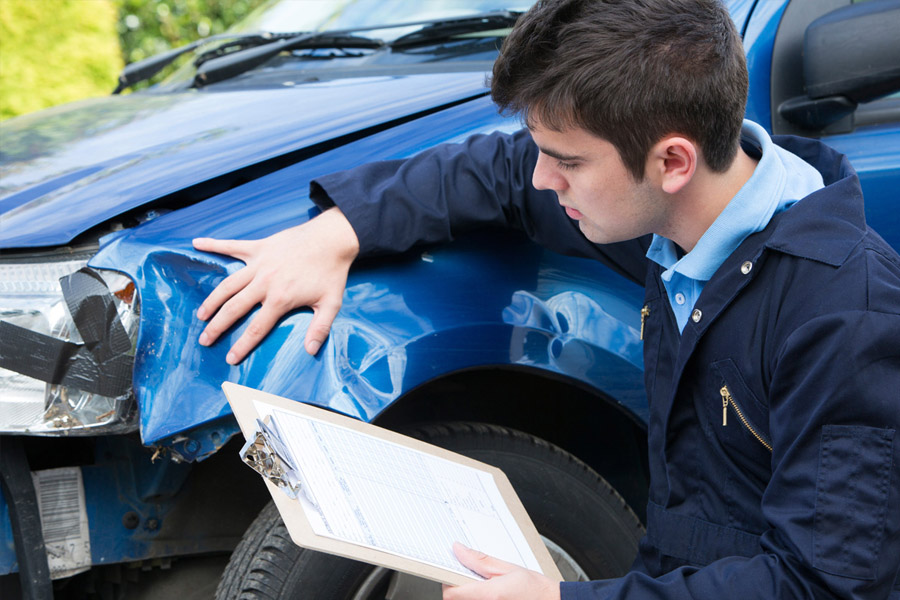
Understanding Collision Repair Procedures
A collision does more than crease metal — it rearranges carefully engineered safety into a new, unpredictable shape. Modern collision repair is a layered, methodical dance between diagnostic scans, hands-on craftsmanship, and manufacturer-grade precision. Think of it as reconstructing a symphony after an orchestra collapses: every section must be tuned, aligned, and rehearsed again so the performance — in this case, your car’s crash performance — plays as intended.
Technicians follow a set workflow that uncovers visible damage and the hidden injuries beneath the sheet metal. These stages are damage assessment, disassembly, parts ordering, structural repair, paint and protection, and final reassembly with thorough checks. Each step is designed to restore not only appearance but the original crashworthiness the vehicle left the factory with.
Damage Assessment and Disassembly
It starts with seeing what the naked eye can’t. Visual inspection pairs with scan tools to surface fault codes, sensor faults, and subtle misalignments. Then comes the teardown: panels, trims, and components come off so technicians can document the true extent of structural harm. This early transparency sets expectations with insurers and helps create an accurate, defensible estimate.
Disassembly does more than reveal damage — it prevents surprises during later stages. Hidden tears in energy-absorbing rails, bent mounting points, or stressed welds only become obvious when surrounding pieces are removed. Accurate documentation during teardown also becomes the paper trail that protects resale value and buyer confidence.
Structural Repair, Alignment, and Welding
Once the skeleton shows itself, structural repair begins. Shops use hydraulic straightening racks and laser-guided jigs to coax the unibody back to factory dimensions. Precision matters: measured tolerances determine whether crumple zones will deform as designed in the next collision.
Welding and fastener replacement are surgical. Technicians follow OEM specifications for weld type, stitch lengths, and torque values, often replacing torque-to-yield bolts and using non-destructive ultrasonic tests to ensure weld integrity. Proper frame geometry and structural stiffness aren’t aesthetic choices — they are life-saving directives encoded into the vehicle.
Safety Systems Diagnostics and ADAS Recalibration
Modern cars are part body, part computer. After structural work, the vehicle’s Supplemental Restraint System, airbag modules, impact sensors, seatbelt pretensioners, and ADAS sensors require careful attention. Technicians scan the SRS and powertrain modules, clear fault codes, and replace any impacted components.
ADAS — cameras, radar, sometimes lidar — must be calibrated both statically and dynamically. Static routines use factory targets in controlled surroundings, while dynamic calibration verifies systems on the road at specified speeds and conditions. If sensor axes are slightly off, lane-keep assist, adaptive cruise, and collision warnings may behave incorrectly, which is why calibration is non-negotiable.
Paint, Corrosion Protection, and Finish
A high-gloss finish hides a deep technical ballet. Repaired panels receive corrosion-resistant primers — often epoxy or zinc-rich layers — and seam sealer where required. Paint application happens in climate-controlled booths to guarantee consistent film build and adhesion.
Shops measure paint thickness to ensure even coverage and long-term protection. Proper sealing and finishing aren’t just for show; they guard welded joints and replacement panels from early rust and help preserve the vehicle’s structural integrity over years of use.
Reassembly, Inspections, and Certification
When parts go back on, it’s all about checks: torque specs, electrical harness routing, and dimensional verification against OEM benchmarks. Laser measurement systems and non-destructive tests confirm alignment and weld quality. Technicians validate ABS readiness, airbag status, and ADAS performance before the vehicle leaves the bay.
Many repair centers pursue certifications — manufacturer approvals or industry accreditations — to show they follow required procedures. These records, along with calibration logs and itemized invoices, become a documented promise that the vehicle’s safety systems were restored correctly.
OEM Parts, Training, and Technician Standards
There’s a reason shops recommend factory-approved components: fit, finish, and system compatibility. OEM parts preserve mounting geometry, connector compatibility, and firmware identifiers that aftermarket alternatives may not match. For ADAS-equipped vehicles, tiny differences in housing or lens position can create misreads.
Certification programs and ongoing OEM training give technicians the theoretical knowledge and hands-on practice necessary to follow repair blueprints to the letter. The combination of trained technicians and the right tooling reduces warranty risk and helps ensure every recalibration and repair step meets factory intent.
Insurance Coordination and Value Preservation
Collision repair sits at the crossroads of safety and economics. Shops that work directly with insurers streamline approvals by providing photo evidence, detailed estimates, and repair plans up front. Itemized invoices listing OEM part numbers, calibration steps, and certification details help preserve resale value and reassure future buyers.
Clear documentation also minimizes disputes. When every weld, calibration, and torque setting is logged, the vehicle’s post-repair history becomes a robust record that fosters trust with buyers, dealerships, and insurers.
Innovative Technologies in Collision Repair
Collision repair is getting smarter. Augmented reality overlays repair instructions and torque points directly onto the vehicle, helping technicians follow OEM steps more accurately and shortening training time. Predictive telematics and high-resolution imaging can identify likely hidden damage by analyzing crash forces and onboard sensor data, improving early diagnostics and parts forecasting.
For electric vehicles, specialized lock-out/tag-out procedures, insulated tools, and battery isolation protocols are mandatory. EV battery packs require cautious handling, documented discharge tests, and adherence to strict safety standards to prevent shock and thermal events.
Post-Repair Monitoring and Data Integration
Some modern repair centers integrate telematics and onboard diagnostics post-repair to monitor ADAS performance and detect drift over time. Automated reporting and warranty alerts flag anomalies early, allowing shops to address issues before they affect safety. This data-driven follow-up helps ensure recalibration and structural work remain stable as miles accumulate.
FAQ
What are the main stages of collision repair?
Collision repair typically follows damage assessment, disassembly, parts ordering, structural repair, paint and protection, and reassembly with final inspections.
Why is structural alignment so important?
Correct alignment restores crumple-zone geometry and energy-absorbing paths that determine how a vehicle behaves in future impacts.
Can ADAS be recalibrated without OEM tools?
Effective ADAS recalibration usually requires manufacturer-guided routines and approved targets to guarantee sensor accuracy.
Are aftermarket parts safe to use?
Aftermarket parts vary; factory-approved components better preserve mounting tolerances, connector compatibility, and system firmware integrity.
How do shops verify weld and repair quality?
Technicians use laser dimensional checks, ultrasonic or non-destructive weld testing, and torque verification against OEM specifications.
What special steps are required for EV repairs?
EV repairs require high-voltage isolation, insulated tools, lock-out/tag-out procedures, and battery discharge tests before bodywork begins.
Does repair documentation affect resale value?
Yes — detailed invoices, OEM part numbers, and calibration logs increase buyer confidence and help preserve the vehicle’s market value.
How long does ADAS dynamic calibration take?
Dynamic calibration time varies by system and road conditions, but it generally involves a controlled road test at specified speeds until live sensor data settles within OEM limits.


